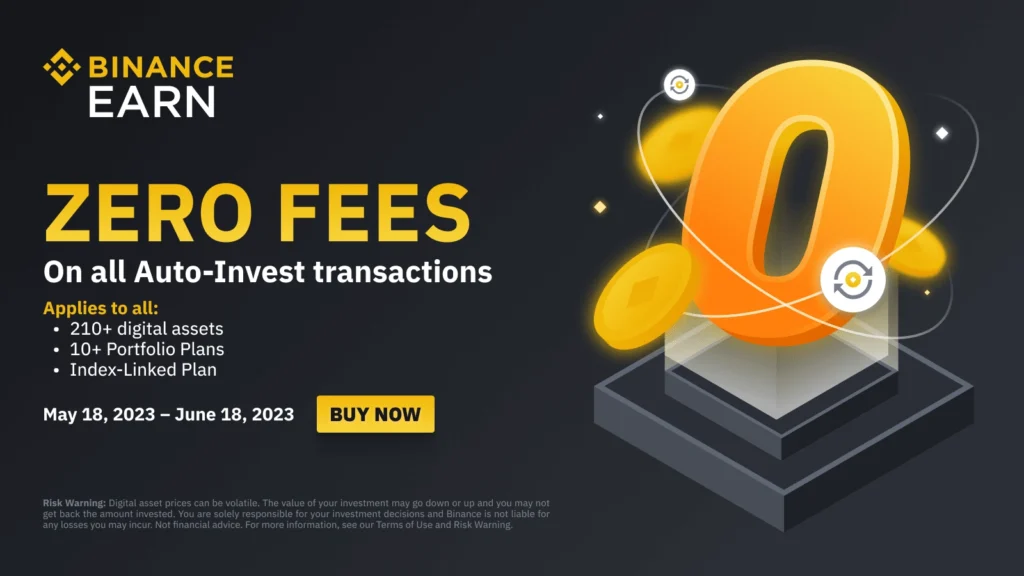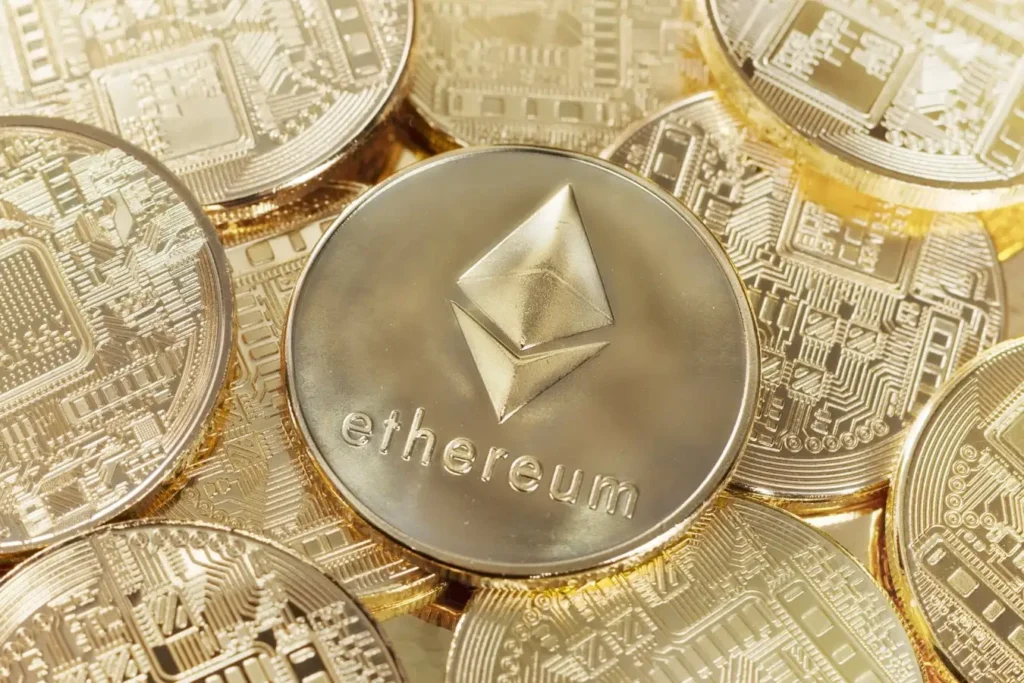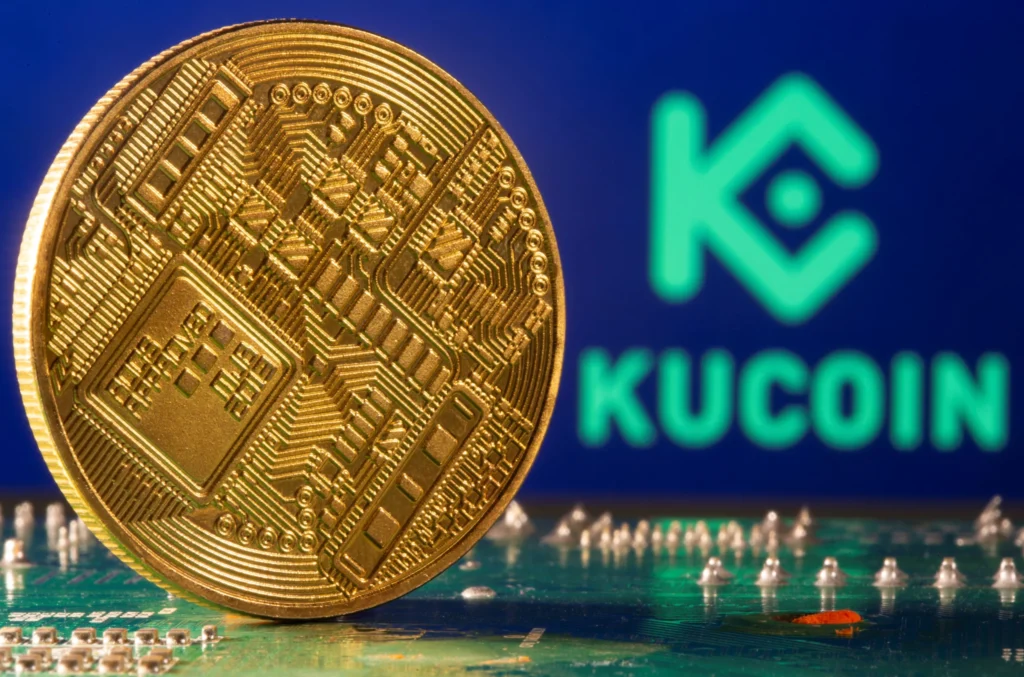Pros & Cons of Crypto Platform Fees: What Traders Need to Know
May 14, 2025
When you dive into crypto trading, it’s easy to focus on price charts and market trends. But there’s another force quietly eating into your profits: platform fees. Whether it’s a trading commission, a withdrawal charge, or a sneaky spread markup, these costs can add up quickly. Understanding how crypto platform fees work—and how to reduce them—can help you trade smarter and keep more of your gains.

Trading Fees: A Necessary Cost or a Hidden Drain?
Most crypto exchanges charge a fee for every trade, often based on a percentage of the transaction. A typical range is between 0.1% and 0.5%, depending on the platform and your trading volume. These fees can vary further depending on whether you place a market order (executed immediately) or a limit order (executed at a specified price).
The biggest benefit of trading fees is that they’re predictable—you usually know upfront what you’ll pay. Some platforms even lower your rates if you hold their native token or trade large volumes. But the downside is they can chip away at your profits, especially for frequent traders. If you’re making many small trades, those seemingly minor fees become a serious cost over time.

How Crypto Platform Fees Differ—and Why It Matters
Not all exchanges charge fees in the same way, which makes it even more important to understand what you’re signing up for. Centralized exchanges like Coinbase and Kraken might charge both a visible fee and include an extra spread—the difference between the buy and sell price. That hidden cost can be more than the listed fee itself. Decentralized exchanges (DEXs), like Uniswap or SushiSwap, often have lower direct fees (around 0.3%), but you’ll still have to pay gas fees, which can skyrocket depending on blockchain congestion.

Crypto platform fees vary based on a platform’s business model, network costs, and user incentives. Some exchanges rely on fees for revenue, while others subsidize fees to attract new users. This means that a platform offering “zero trading fees” might still hit you with high withdrawal costs or a wide spread.
Doing your homework before choosing an exchange can help you avoid these traps. Always review the full fee schedule—not just the headline rates—before depositing your assets.

Withdrawal Fees: The Often Overlooked Expense
You might assume once you’ve made your trades, you’re done paying. Not quite. Most exchanges charge a withdrawal fee when you move your crypto to another wallet. Some are fixed (like 0.0005 BTC), while others fluctuate based on network congestion, especially with Ethereum-based tokens.

The advantage of fixed fees is that they’re predictable, but that predictability doesn’t make them cheap. Withdraw often, and the costs add up fast. To minimize this impact, consider consolidating withdrawals into fewer, larger transactions, particularly when network fees are high.
Token Incentives: A Discount with a Catch
Many platforms offer reduced fees if you hold their native token. Binance users who pay fees using BNB, for example, can save a notable percentage. KuCoin and OKX offer similar programs.
While this can be a convenient way to lower your costs, it’s not risk-free. These tokens are often volatile, and holding them exposes you to potential losses. Only use this strategy if you believe in the token’s long-term value or if you already have exposure to the ecosystem.

The Bottom Line on Crypto Platform Fees
You can’t avoid crypto platform fees entirely, but understanding how they work helps you take back control. Every decision—from the type of order you place to the exchange you use—can affect your total costs.
Being fee-aware doesn’t just save money—it builds smarter trading habits. It encourages you to evaluate your strategy more critically, prioritize security and efficiency, and stay focused on net returns, not just gross gains.
The next time you place a trade or withdraw your crypto, take a moment to double-check the fine print. It might just make the difference between a winning trade and a disappointing outcome.
Relevant news: here

